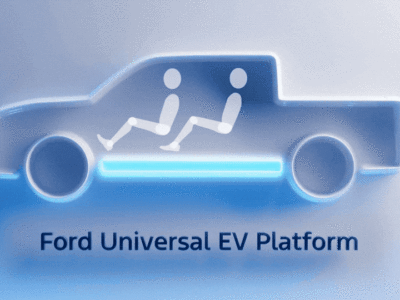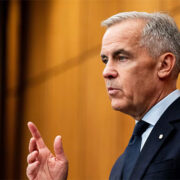Las Vegas via MarketWatch — Panasonic Corp. President Kazuhiro Tsuga said the company will spend up to $1.6 billion on an advanced battery factory with electric-car maker Tesla Motors Inc., an investment it hopes to cement its future in automotive electronics.
The Japanese consumer electronics giant and Tesla are jointly funding an up to $5 billion battery plant in Nevada. Panasonic hasn’t previously disclosed the full size of its investment. It will be several years before that factory is humming at full steam, and for Panasonic the wait will be costly because its lithium-ion battery business has struggled to make money.
“We are sort of waiting on the demand from Tesla,” Mr. Tsuga said in an interview at the Consumer Electronics Show this week. Tesla’s vehicle growth projections are huge, but low gasoline prices have damped overall demand for electric vehicles.
“If Tesla succeeds and the electric vehicle becomes mainstream, the world will be changed and we will have lots of opportunity to grow,” Mr. Tsuga said. Panasonic also faces rising competition from South Korean battery makers that have contracts to supply electric and hybrid vehicles coming from General Motors Co. and Volkswagen AG.
The battery investment is one element of Osaka-based Panasonic’s drive to become a major auto parts supplier, taking advantage of the computerization of the automobile and forecasts for robust global demand for light vehicles in coming decades.
While its trade show exhibit still features lots of TVs and cameras, it also showcased its advanced electronics for cars and the home. Mr. Tsuga is counting on the proliferation of the small screens in automobiles, for instance, to make up for the slowdown in traditional TVs.
“The car is changing,” he said. “It is getting to be an electrical object. We have those technologies, so I thought ‘we need to shift our resources to automotive.’ ”
Panasonic’s sales to auto makers are expected to nearly double over the next four years. This fiscal year, it is expected to contribute Yen1.3 trillion ($11 billion), about 15% of the company’s revenue, but will grow to nearly 25% of revenue by the end of the decade.
Panasonic aims to increase annual revenue to Yen10 trillion by its fiscal year ending in March 2019. That is up from roughly Yen8 trillion for its fiscal year ending in March.
Its auto business will make up more than half the growth, backed by a big contract with Ford Motor Co. to supply its new electronics system and screen for Ford’s Sync 3 multimedia offering, which is expected to be available in nearly all Ford vehicles. It also has orders from other car companies.
Panasonic also makes electronics used in new auto safety systems and a rearview mirror that displays an image taken by a rear-facing camera to improve a driver’s visibility.
Panasonic gets the bulk of its revenue from selling equipment to other companies. Its sales to consumers in the form of TVs and other electronics is likely to stay flat and be concentrated more in emerging markets as Europe and the U.S. shrink.
But Tesla underpins the big gamble on future sales growth. Aiming for 500,000 vehicle sales by the end of the decade–up from roughly 50,000 in 2015–the electric car maker’s ability to make good on its goals is important to Mr. Tsuga’s outlook.
When the advanced battery factory is fully built, Panasonic will have invested between $1.5 billion and $1.6 billion in it, Mr. Tsuga said. So far, the Japanese company’s investment has been small. Tesla and Panasonic are building the factory in eight phases and are currently in the first phase, he said.
Their total investment is expected to reach between $4 billion and $5 billion when complete with the bulk of funding coming from Tesla and Nevada government incentives. Getting the factory to full speed hinges on Tesla’s ability to successfully launch a mass-market electric car that it calls the Model 3. The Model 3 isn’t due in the market until later next year.
The Nevada factory will begin producing batteries this year for Tesla’s energy storage business, called Powerwall, but not for vehicles.
Automotive batteries are expected to account for the bulk of the plant’s output once complete.
















Comments